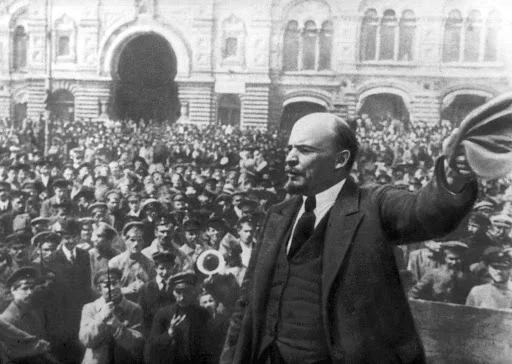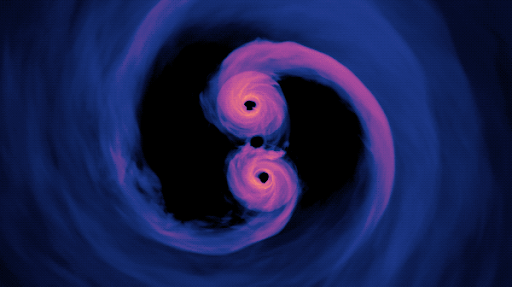Edison's Electric Bulb
♥ In 1800, Humphry Davy, an English scientist, made the first electric light. He made an electric battery and to that battery, he attached a piece of carbon with a wire.
Davy's Glass bulb with carbon filament
When the connection was made, the piece of carbon glowed and produced light. It was called an “ Electric Arc ”.
Electric Arc
♥ In 1860, Sir Joseph Wilson Swan, an English physicist, made an electric lamp with a carbon paper filament. It was demonstrated in Newcastle, England. It was not a practical lamp as the filament burnt out very quickly.
Swan's Electric Bulb
♦ Thomas Alva Edison:
Edison, an American inventor, experimented with hundreds of filaments before turning back to the carbon filament . In 1879,
He discovered that a carbon filament burns for a long time vacuum. But it did not last longer than 40 hours. Eventually, he made a carbon filament bulb that could light for over 1500 hours.
♦ Working of a Bulb:
♠ A bulb is a glass sphere with a coiled filament attached to the base with connecting wires. This filament has a high resistance to electric current. When the current reaches the filament, due to resistance, heat is produced. This heat becomes so much that the filament starts to glow because of it, thus, giving off light.
Working Of Electric Glass Bulb 💡
♠ The most difficult task before Edison was to find a filament which would:
Have resistance and glow brightly; Be cheap so that bulbs could be mass produced; Last for a long period of time.
♠ The shape of a glass bulb was designed by Matthew Evans and Henry Woodward...
Right side - Matthew Evans ; Left side - Henry Woodward.
“ I Have Not Failed.I've Just Found 10,000 Ways That Won't Work. ”
— Thomas Alva Edison.
























































